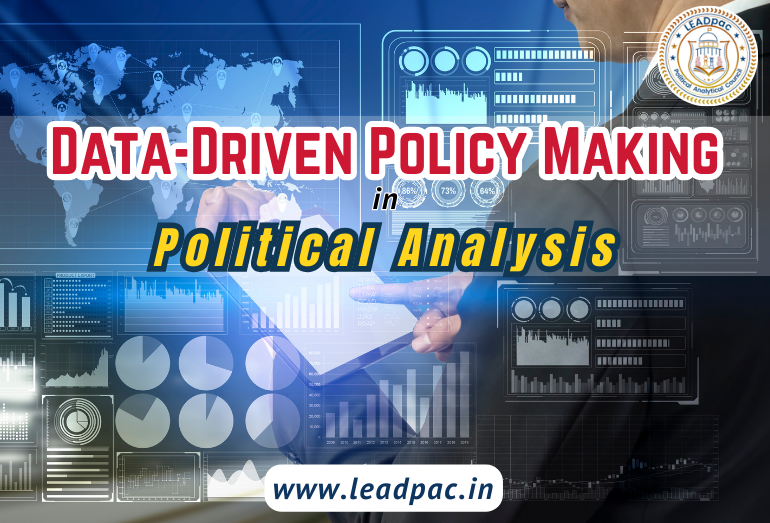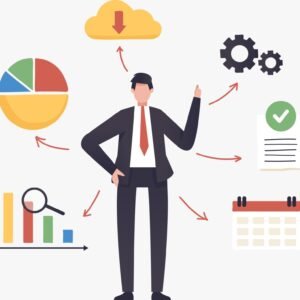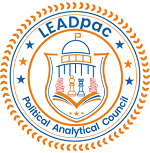Data-Driven Policy Making in Political Analysis: A Simple Guide

In recent years, governments and policymakers have started using a new and powerful tool: data. This approach, known as data-driven policymaking, is transforming how decisions are made. Using data analytics and technology, policymakers can make better, more informed decisions that benefit everyone. Here’s a simple breakdown of what this means and why it matters.
What is Data-Driven Policymaking?
Data-driven policymaking involves using data and analytics to guide decisions. Instead of relying solely on intuition or tradition, policymakers analyze large amounts of data to understand trends, patterns, and impacts. This leads to more accurate and effective policies.

Key Benefits:
Better Decisions
Accuracy: By looking at detailed data, policymakers can make decisions based on facts. This means policies are more likely to solve the right problems.
Evidence-Based: Data shows what works and what doesn’t, leading to smarter choices.
Predicting the Future
Forecasting: Using data, we can predict future trends and outcomes. This helps in planning and preparing for what’s ahead.
Testing Scenarios: Policymakers can use simulation models to test different scenarios and see what might happen before making a final decision.
Transparency and Trust
Open Data: When data and analyses are made public, it builds trust. People can see the evidence behind decisions, making the process more transparent.
Accountability: Policymakers are held accountable for their decisions when the data is available for everyone to see.
Targeted Policies
Precision: Data allows for more specific targeting of policies to different groups or areas. This ensures resources are used where they are most needed.
Customization: Policies can be tailored to address specific issues more effectively.
Real-Time Adjustments
Monitoring: Data analytics can monitor the impact of policies in real time. This means policies can be adjusted quickly if they’re not working as intended.
Flexibility: Being able to adapt policies on the fly ensures they remain effective over time.
Collaboration
Teamwork: Data-driven policymaking encourages collaboration between experts in different fields, such as data scientists, economists, and sociologists. This leads to richer, more well-rounded policies.
Challenges to Consider
Privacy: Protecting personal data is crucial. Policymakers must ensure that data is used responsibly.
Access: Not everyone has equal access to data and technology. Efforts must be made to bridge the digital divide.
Bias: Data can sometimes reflect existing biases. It’s important to analyze data critically and ethically.
Real-World Examples
Healthcare: Data helps track disease outbreaks, allocate resources efficiently, and personalize treatments.
Education: By analyzing educational data, we can improve teaching methods and address disparities in access to education.
Urban Planning: Cities use data from traffic sensors and social media to design better urban environments.
Looking Ahead
The future of data-driven policymaking is bright, with technologies like artificial intelligence and machine learning enhancing our ability to analyze complex datasets. However, balancing these technological advancements with ethical considerations is important to ensure fair and inclusive policies.
Conclusion
Data-driven policy making is changing the way we govern. By relying on data, policymakers can make better, more transparent, and more effective decisions. While there are challenges to address, the benefits of this approach are clear. As we continue to integrate data into policy making, we can look forward to smarter, more responsive governance that better serves the needs of all citizens.

Add a Comment